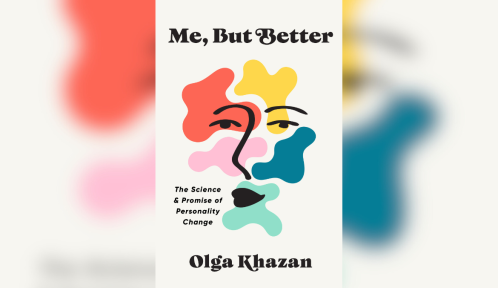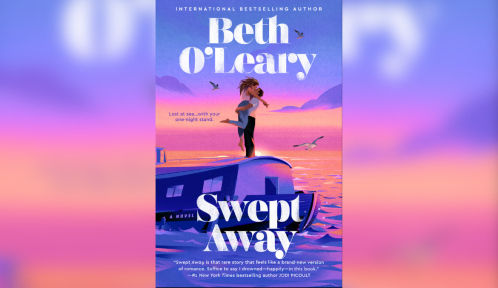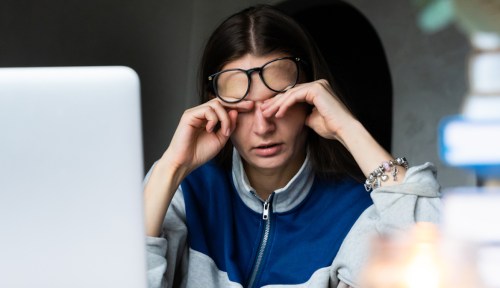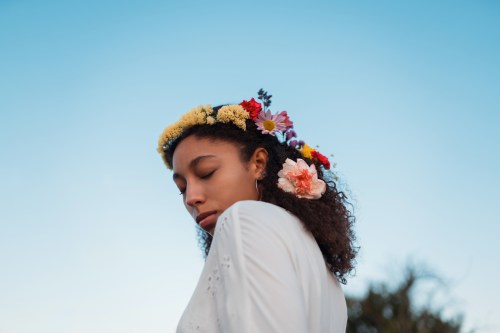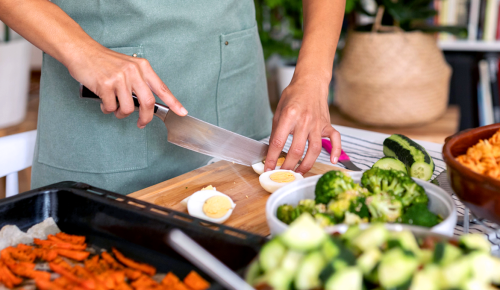With my Greek relatives being long gone, all I have left to speak for my heritage is my tasseography abilities (which refers to reading coffee cups, tea leaves, sometimes, wine sediments). And a bunch of gold costume jewelry. And 14 photo albums. And a family-heirloom hookah. (Okay, I come from a long line of hoarders, so I’m not lacking in physical relics.) But, to get back to cultural practices, I only have faint memories of the coffee fortune-telling practice my aunt, theía Georgia, taught me.
As such, properly learning tasseography, or reading coffee cups for fortunes in the grounds, is a twofold desire for me: It’s both a means to connect with my Greek heritage and my current Brooklyn community, because since all my friends do tarot, knowing a different woo-woo fortune-telling practice will really resonate and also feel all my own. To brush up on my skills, I met with Turkish coffee messenger Sema Bal, the wise and wonderful cup reader of 30 years, infamously featured on that episode of The Real Housewives of New York.
First, the specifics about reading coffee cups:
Tasseography requires a thicker Mediterranean coffee, which is brewed differently than your go-to Starbucks order. To make it, scoop the concentrated grounds into a Turkish coffee pot, and add in the water you measure by the cup. To make it sweet, add a cube or two of sugar, then brew until the mixture bubbles by taking it on and off the flame.
With this style of coffee, the grounds settle on the bottom, so when you flip your cup over onto a saucer when just a bit remains in the cup, symbols or “messages” present themselves.
With this style of coffee, the grounds settle on the bottom, so when you flip your cup over onto a saucer when just a bit remains in the cup, symbols or “messages” present themselves. I learned that from my theía, which I tell Bal, as I’m explaining my revived interest in tasseography. “And I really just like Greek coffee,” I add, before hastily adding. “Or Turkish coffee. Or Mediterranean coffee in general.”
“It’s Arab coffee, actually, we all stole it,” Bal says, easing any nerves on the spot.
Anyway, brewing is the easy part. Being able to summon your inner psychic? That’s a little trickier.
Learning how to read—and feel—the messages
Reading coffee cups isn’t so much about decoding specific images as it is intuiting emotion, Bal says. When you’re searching for symbols all around in the cup, it’s important to introspect about the emotion behind that symbol and not to force an interpretation.
“Let the coffee talk to you,” she says. And more importantly, don’t be surprised if your coffee speaks to you differently than it speaks to someone else—a tip she learned from her mother, who also read coffee grounds. But her mother didn’t give her lessons, per se. “It’s not something she could teach. She talked about it and I said, ‘How do I do it?’” Bal says. “She goes, ‘Just look at the images and feel the images.’ Because what she sees and what I would see? Totally different. It doesn’t mean that she’s wrong or I’m wrong, just that we’re getting different signs.”
When you’re searching for symbols all around in the cup, it’s important to introspect about the emotion behind that symbol and not to force an interpretation.
And to Bal’s credit, her insight with me is on the money: Before my coffee is even drained, she spots a French-British Concorde plane with a man behind it, and asks if I have relatives in England. It’s weird, because I do have Greek relatives in England, and was just talking with my boyfriend about visiting them, and maybe even stopping by France.
What I am less confident about, however, is my own coffee fortune-telling abilities, so imagine my panic when Bal gives me a cup to read. “This is my coffee, it was from before,” she says. “Now, look at this, what do you see?”
Oh no.
I’m a cup-reader now
Eventually—like after quite a while—I spot some images that speak to me. “Over here, there are clusters of evergreens,” I start. “It feels like…comforting in sameness. Because when you think of evergreens, you think about how they’re evergreen and how they don’t go everywhere.” Well yes, duh, they’re trees. I feel silly, but I power through.
“They’re always where they are, and they’re firmly rooted. And, um…you know, people can try to disrupt that, and when they try to disrupt that, it’s for Christmas. And then the evergreens kind of lose their purpose and they get discarded,” I continue.
She asks me if there is anything beside the evergreens, and I mention a building—the threat of modernization. You know, like a very modern, digital journalist writing about the ancient art of reading coffee cups. “What would you advise me? Because it’s my cup,” Bal asks me.
“What would I advise you…. Be true to yourself, but be cautious and also trusting,” I say. “Be able to continue looking at people with a gentle understanding of who they are, but also know who you are.” That’s more of an inspirational bumper sticker than a reading, but Bal helps me out with an assist: “So you’re trying to tell me to give them the opportunity to show themselves?” she asks.
Yes. Exactly.
After teasing out messages from her cup, Bal gives me her PR rep’s cup to read. This time, something weird happens. When I spot, of all things, a hippo in this cup, I get the distinct sense that I know exactly what I’m doing.
I see the animal and think about how happy and relaxed it is to enjoy nature and bathe in its water. “It might mean that you really deserve a break from whatever is stressing you out right now and you need to be submerged in something natural that’ll make you feel divorced from the stress. Especially if you work in anything digital, it’s so hard to not be connected at all time,” I say. “You need to find an immersive experience that has nothing to do with technology.” And apparently, I nailed it.
I sought out coffee fortune telling for two reasons: to show up my tarot-trendy Brooklyn friends and to reconnect with a lost sense of family. Time will tell if I can succeed with the former. But with the latter? I definitely feel it.
If you want to get into tarot cards (okay, fine, it’s cool, too), then this is the best way to cleanse a new deck. And if you want to go really old school, we have a crash course in palm reading 101.
Sign Up for Our Daily Newsletter
Get all the latest in wellness, trends, food, fitness, beauty, and more delivered right to your inbox.
Got it, you've been added to our email list.

